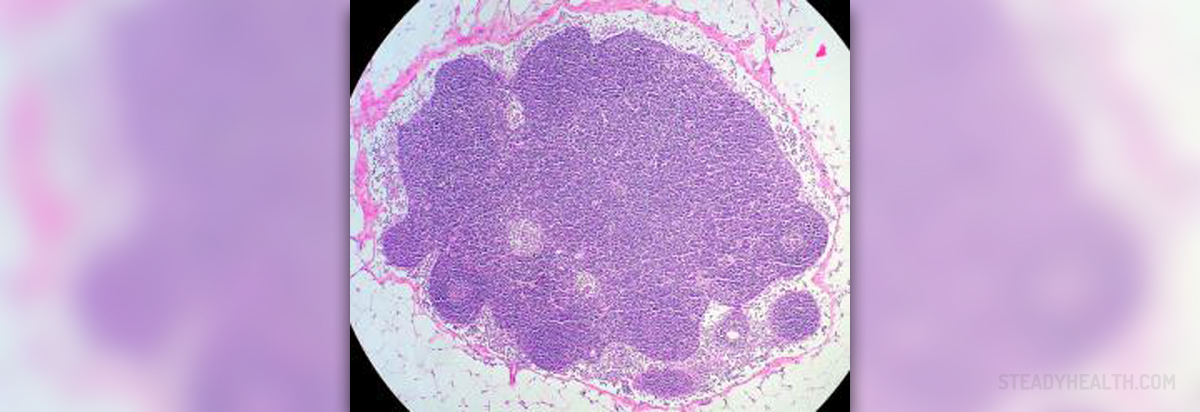
Introduction
There are two systems in our body that circulate liquid. These are the bloodstream and the lymphatic system. We all know what the bloodstream does and for what purpose, but there are few who know much about lymph. In this article, we will see what is the role of the part of the lymphatic system known as a lymph node.
Lymph node
Lymphatic system consists of lymphatic vessels and lymph nodes. Lymph nodes are small, ball-shaped organs spread all over the body and connected via lymphatics vessels much like settlements would be connected by roads. If immune cells were policemen, lymphatic nodes would be police stations. Lymph nodes serve as filters for foreign bodies, be they microorganisms or particles.
Clinical importance
Lymph nodes can get inflamed and enlarged in certain conditions, which range from fairly harmless (ie, common cold) to serious, like cancer. Actually, stage of cancer is determined by condition of lymph nodes. This is then used to give accurate prognosis and determine which treatment should be used to fight cancer.
What lymph nodes do
White blood cells are produced in the bone marrow, and they enter the bloodstream and the lymphatic system in the 'rookie' state, meaning that they haven't specialized to deal with any type of external threat. Lymphatic nodes intercept foreign bodies and create antigens (basically, a protein key used to identify something as a foe, basically a warrant). Once, a type of the 'rookie' white blood cells enters the lymph node, it will be equipped with this key, and will be able to recognize and attack the foe that corresponds to the antigens.
Lymph nodes swell in times of infection due to high rate of white blood cells 'training'. Lymph node consists of an engulfing capsule with ingoing and outgoing vessels. Inside the lymph node is basically a maze where the white blood cells that enter through ingoing vessels become specialized.
Where are lymph nodes located?
There are about 600 lymph nodes in the human body, while lymph node clusters are formed in the abdomen, groin, chest, neck and the armpits.
On the head and neck, it is easy to distinguish some nodes that we can feel when we suffer from an infection. In example, if your head feels a number larger when you've caught a cold, the node that runs from the temples to the neck is probably swollen. Nodes that run along the jaw are also easily felt in such circumstances.








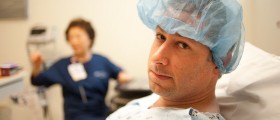


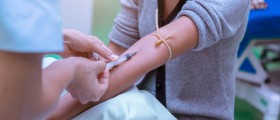
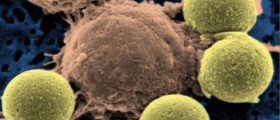


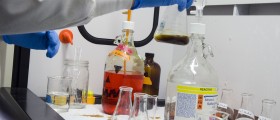
Your thoughts on this
Loading...